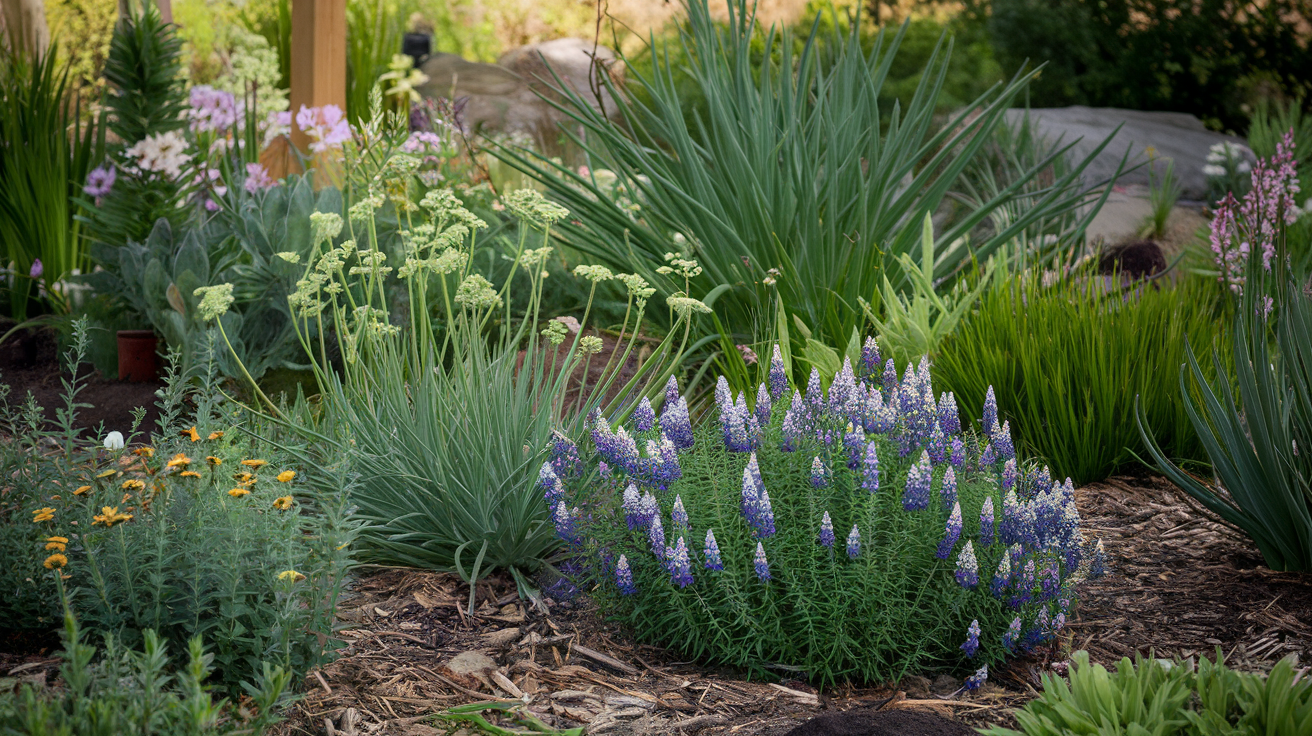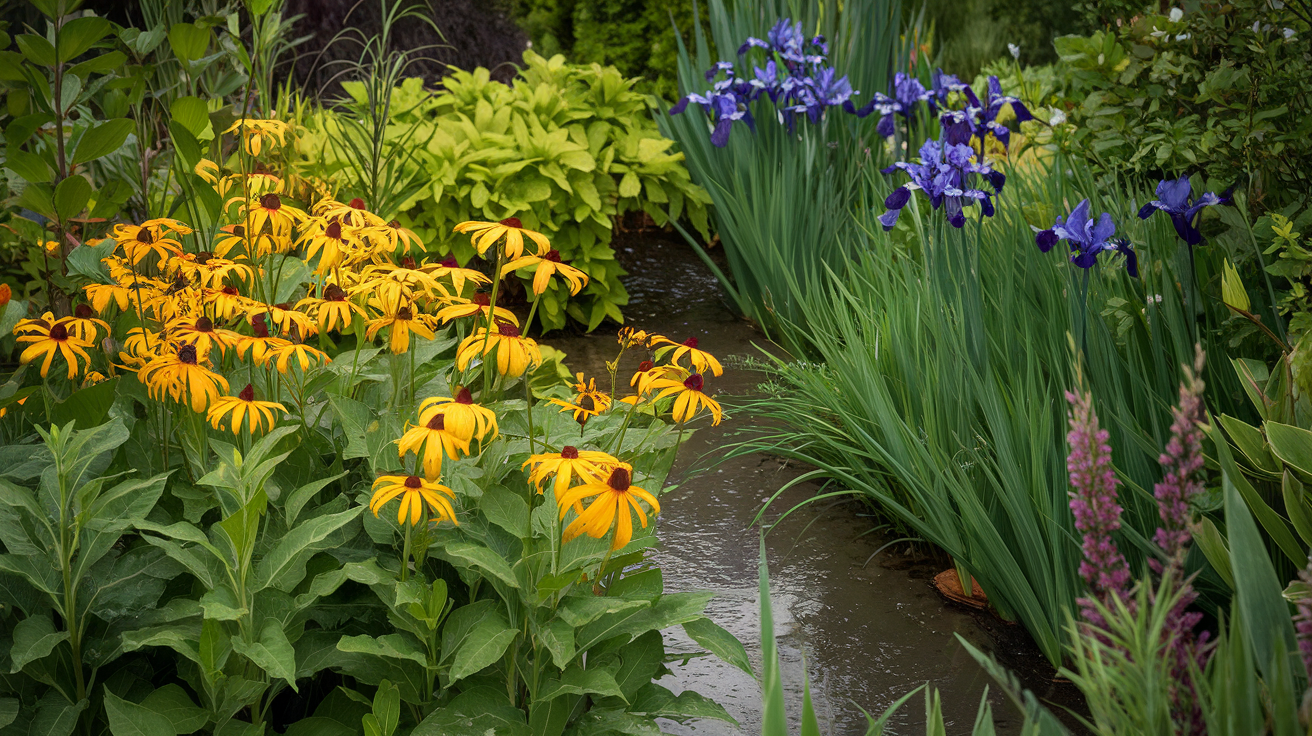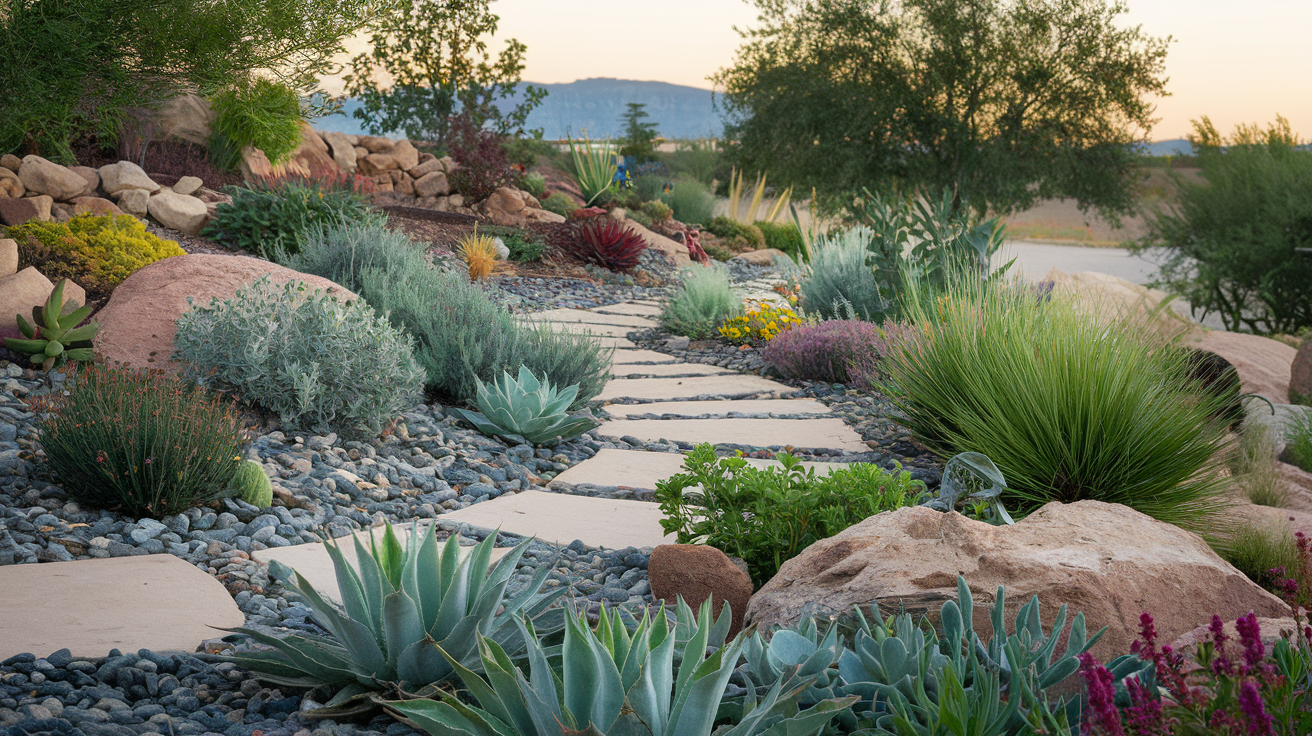How Edible Landscaping Enhances Beauty and Functionality in Your Backyard
Transforming your backyard into a stunning and functional space can be achieved through the art of edible landscaping. This innovative approach combines aesthetics with practicality, allowing you to grow beautiful plants that also provide delicious fruits, vegetables, and herbs. By integrating edible plants into your landscape design, you can create a vibrant environment that enhances both the beauty and utility of your outdoor space.
What is Edible Landscaping?
Edible landscaping is the practice of incorporating food-producing plants into ornamental landscapes. This method not only beautifies your yard but also promotes sustainability and self-sufficiency. By blending aesthetics with functionality, edible landscaping allows you to enjoy the visual appeal of your garden while also reaping the benefits of homegrown produce. Here are some key elements of edible landscaping:
- Utilizing fruits, vegetables, and herbs as decorative elements that enhance the overall design.
- Creating a diverse ecosystem that attracts beneficial insects, which can help with pollination and pest control.
- Designing spaces that are both functional and visually appealing, ensuring that every plant serves a purpose.
Benefits of Edible Landscaping
Integrating edible plants into your landscape offers numerous advantages that go beyond mere aesthetics. Here are some of the key benefits:
- Enhanced Aesthetics: Colorful fruits and flowers can create a visually stunning garden that changes with the seasons.
- Increased Biodiversity: A variety of plants can attract pollinators and beneficial wildlife, contributing to a healthier ecosystem.
- Food Security: Growing your own food reduces reliance on store-bought produce, providing fresh options right from your backyard.
- Cost-Effective: Save money on groceries by harvesting your own fruits and vegetables, making your garden a valuable investment.
Designing Your Edible Landscape
When planning your edible landscape, consider the following tips to maximize both beauty and productivity:
- Choose the Right Plants: Select varieties that thrive in your climate and soil conditions to ensure successful growth.
- Layering: Use vertical gardening techniques to maximize space and create visual interest, allowing for a more dynamic garden layout.
- Seasonal Planting: Incorporate plants that produce at different times of the year for continuous harvests, ensuring a steady supply of fresh produce.
Incorporating Edible Flowers
Edible flowers can add a unique touch to your garden, providing both beauty and flavor. Consider planting:
- Nasturtiums for their vibrant colors and peppery flavor, which can enhance salads and dishes.
- Calendula for its bright blooms and medicinal properties, making it a great addition to herbal remedies.
- Chive blossoms for a mild onion flavor and beautiful purple hue, perfect for garnishing various meals.
Maintenance Tips for Your Edible Landscape
To keep your edible landscape thriving and productive, follow these essential maintenance tips:
- Regular Watering: Ensure your plants receive adequate moisture, especially during dry spells, to promote healthy growth.
- Organic Fertilization: Use compost or organic fertilizers to enrich the soil, providing essential nutrients for your plants.
- Pest Management: Employ natural pest control methods to protect your plants without harmful chemicals, ensuring a safe and healthy garden.
Conclusion
Edible landscaping is a beautiful and functional way to enhance your backyard. By thoughtfully integrating edible plants into your landscape design, you can create a space that is not only visually appealing but also provides fresh produce for your family. Embrace the beauty and practicality of edible landscaping, and enjoy the many benefits it brings to your outdoor living space. With careful planning and maintenance, your garden can become a source of joy, nourishment, and sustainability for years to come.











